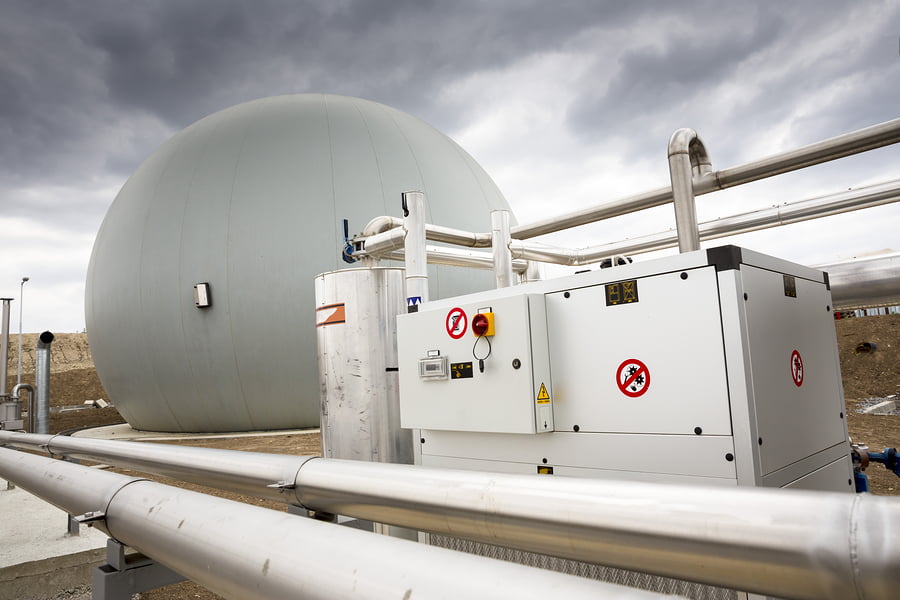What Enclosure Air Conditioner Features and Options are Best for Waste Water Treatment Plants?
Waste water treatment plants process and purify industrial and domestic waste water so that it is safe to discharge into water courses. As such, these plants must operate reliably at all times as any equipment failure could lead to the discharge of untreated waste into water channels, causing damage to the environment and leading to punitive action.
Plant design and the nature of the waste water leads to several particular hazards in waste water plants that need to be taken into account during the design of enclosure air conditioners. The aeration process in sewage treatment can result in the release of corrosive gases such as hydrogen sulfide. During the final processing of the treated effluent, chlorine and ozone may be used; both these products are corrosive and damaging to electrical equipment.
These hazards need to be mitigated to ensure the safe and reliable operation of the enclosure air conditioner.
Strategies to Protect Enclosure Air Conditioners
There are two main methods used to protect electrical equipment and specifically the enclosure air conditioner fitted to an electrical enclosure in the waste water treatment environment:
- Sealing: Enclosures should be well sealed so that corrosive gases cannot penetrate.
- Materials: Housings should be built from materials that withstand corrosion.
Equipment Sealing
The design of the enclosure air conditioner should ensure the enclosure is fully sealed from the environment. Cognizance must be taken of the need to ventilate the condenser coil, but the internal construction of the air conditioner should be such that the evaporator section is completely sealed from the outside. There should be a substantial gasket between the enclosure air conditioner and the electrical enclosure to prevent air leakage. The electrical enclosure itself should have proper seals, not only to prevent ingress of corrosive gases, but to improve the operation of the air conditioner.
Corrosion Protection
The gases listed earlier corrode mild steel, copper, and aluminum, which are materials usually used in the manufacture of air conditioners. Steps taken to protect the equipment include:
- Condenser coil and tubing: The condenser coils should be epoxy coated using an electrostatic process to resist corrosion. Corrosion of tubing joints should be prevented by brazing with high silver content solder, and then cleaned, passivated, and finished off with protective epoxy paint.
- Housing: The housing should be fabricated from corrosion resistant stainless steel, such as type 304 or 316.
To learn more about electrical enclosure air conditioners for a waste water treatment application, contact a Thermal Edge sales rep today. We will ensure you select an enclosure and air conditioner that meets all of your requirements.


